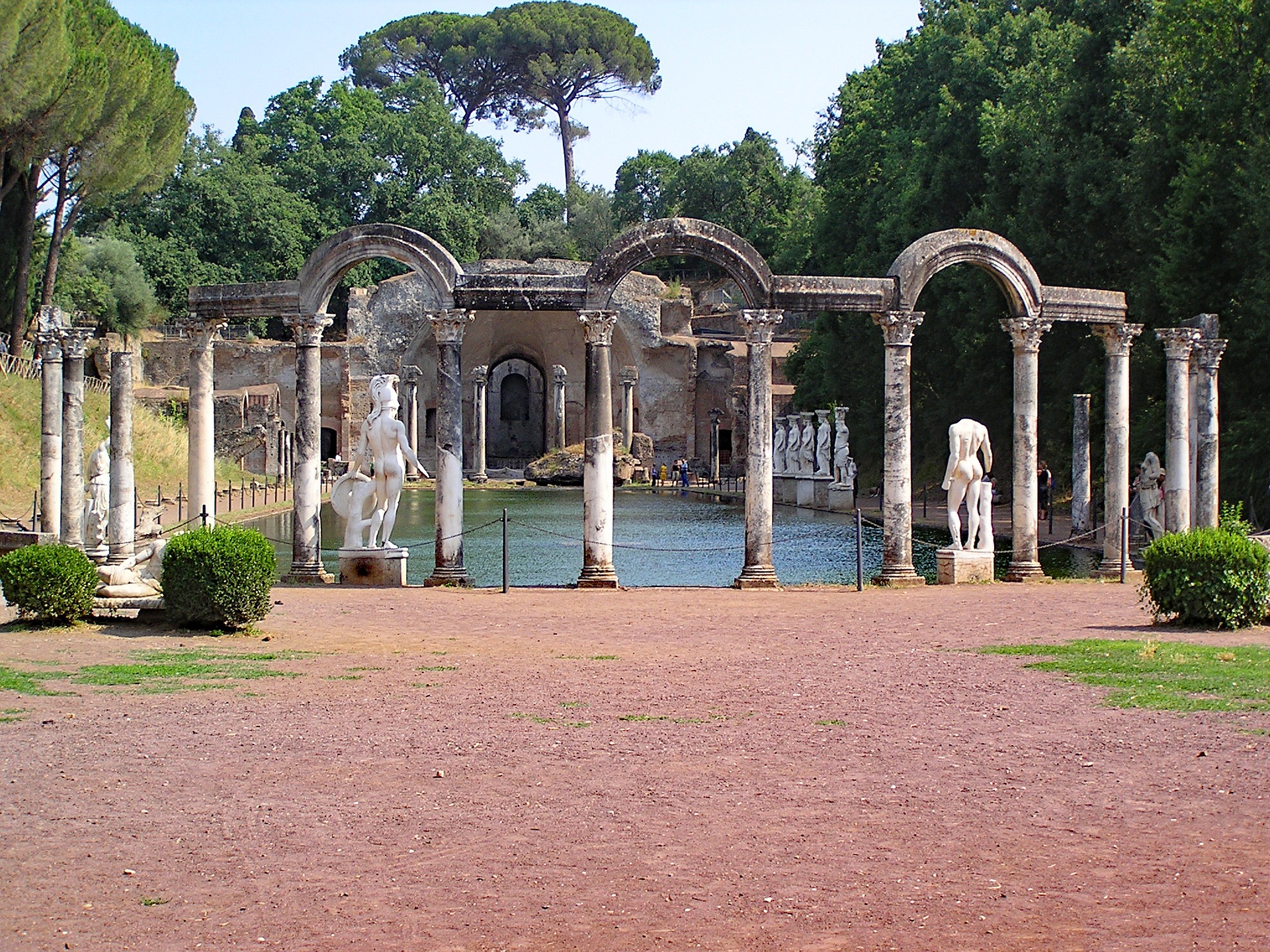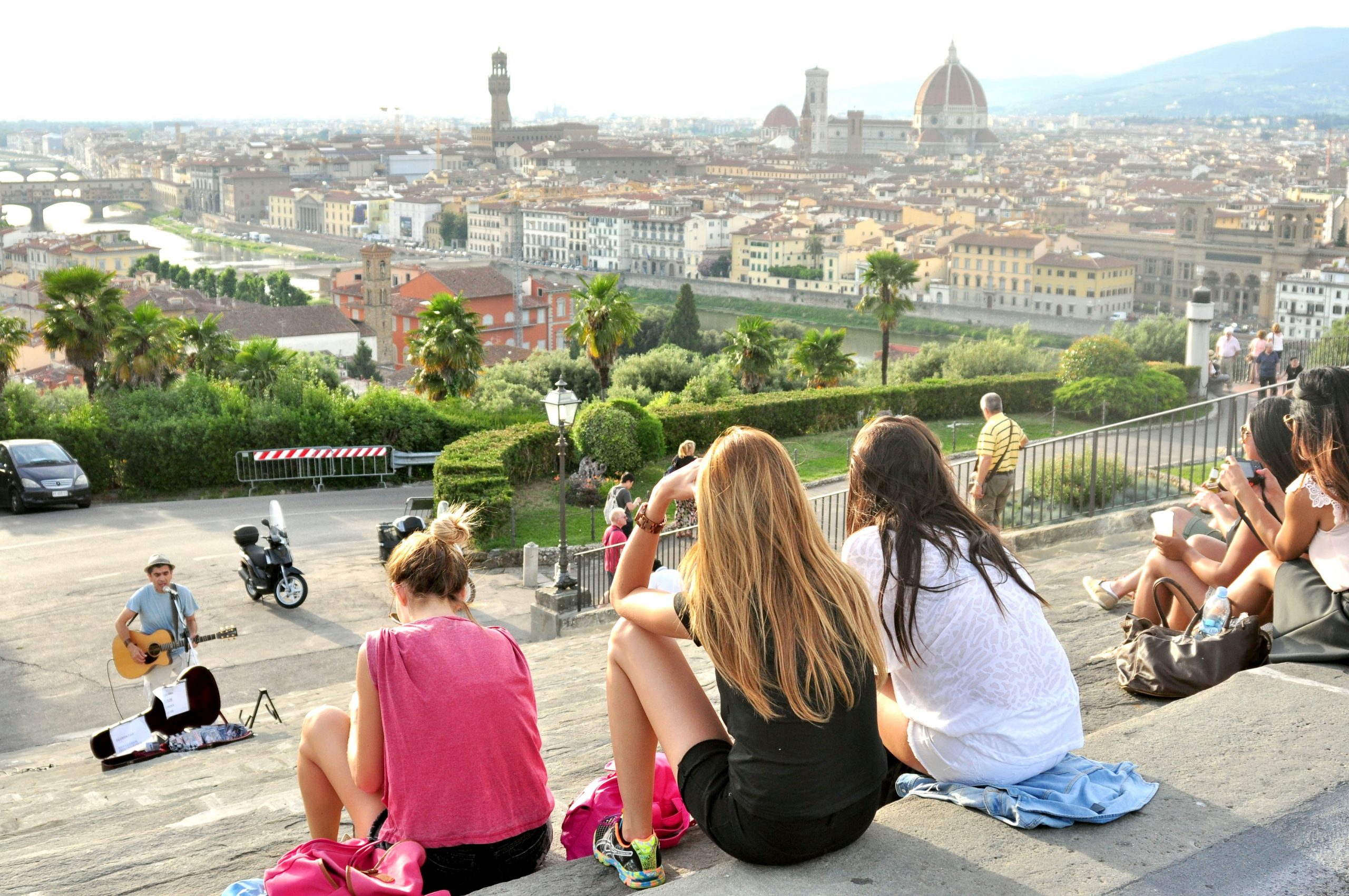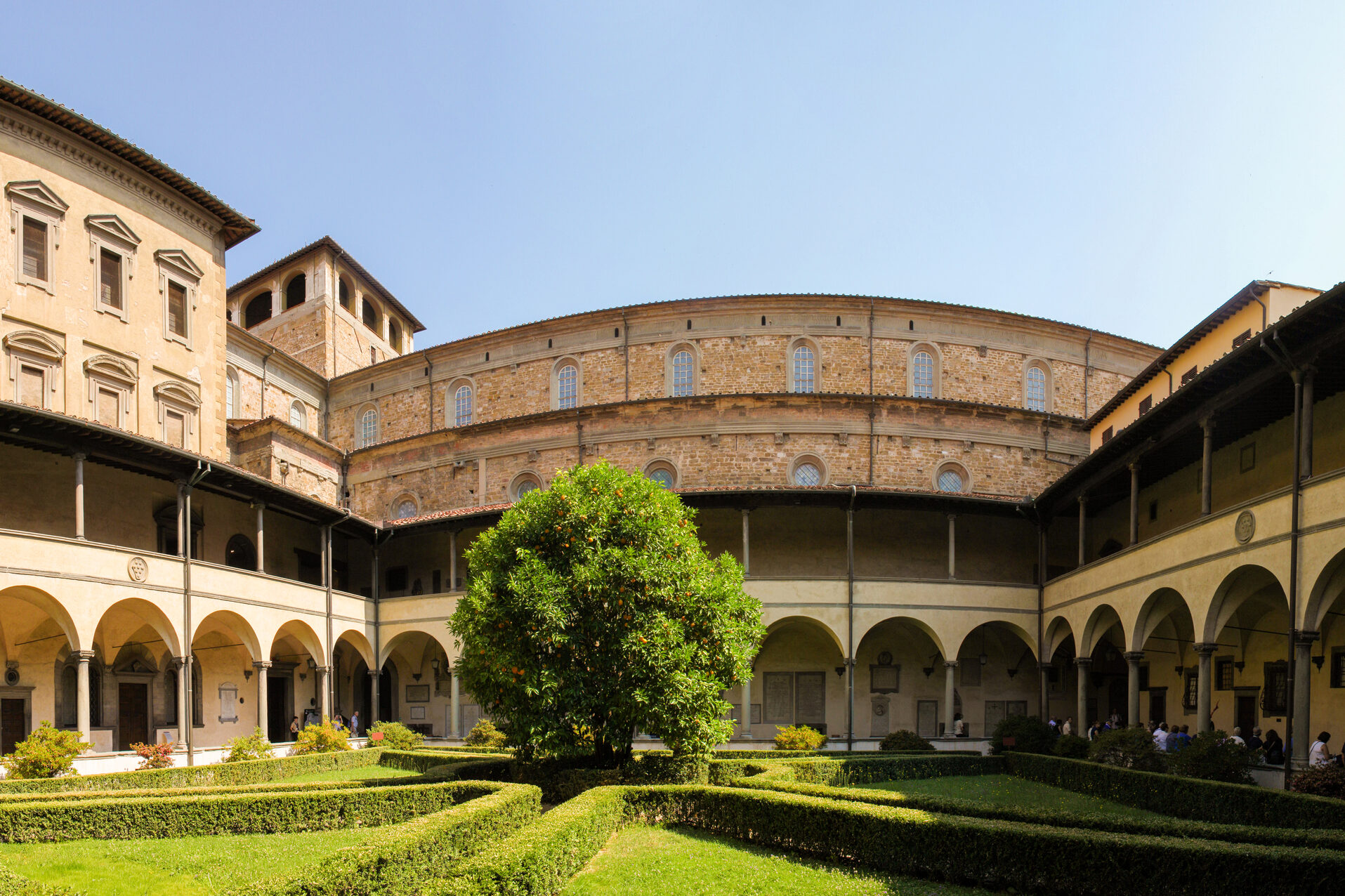When I pass statues from antiquity, whether in a museum or in the environment, my curiosity perks. Who were they? What were their names and how did they impact their world? Most were worshipped as mythical deities or emperors who were believed to have powers to effect an individual’s life. Whether their powers be good or bad, most everyone watched their step with all due respect.
Villa Adriana, or Hadrian’s Villa, is just 18 miles east of Rome on the edge of the Sabine Hills. While strolling through the villa, I was amazed at the huge complexity. A long row of statues that lined an oblong lake, called the Canopus, still held stately reflections on the rippling water below them. These ghostly images, like echos from the past, seemed to signify the depth of immortality that these caryatids were thought to possess. The passing centuries haven’t been kind as some are missing a head or an upraised arm, or even gone altogether leaving empty spots. But a glimpse of the stunning overall effect still lingers.
Emperor Hadrian had the sumptuous villa built beginning around 117 AD as a ‘country home’ of sorts. He escaped the political rat race of Rome often to this hide-out that became a tranquil sanctuary for him and his friends. Glorious banquet rooms, luxurious bathing facilities, and his own floating island where he could isolate himself for a time are just a few of the amenities Villa Adriana had to offer.
Hadrian was a world traveler and architect. Spanish-born, he had a deep passion for the Greek culture and made attempts to replicate what he saw. The famous Pantheon and Castel Sant’Angelo in Rome are testaments to his grand architectural designs. The lake was completely surrounded by statues of various deities that likely supported a huge pergola over the water. It must have been a breathtaking effect to look upon this green canopy. It’s easy to imagine small gilt rowboats skimming the top of the waters, escorting their passengers to a sumptuous feast or a moonlight pleasure cruise. Sadly, very little is left of this glorious vision of the past. Much of it was plundered over the centuries by barbarians and the marble burned to make lime.
His villa was enormous and filled with copies of his favorite buildings from around the world. He spent the last ten years of his life here on his three hundred evocative acres. Villa Adriana expresses the lavishness and enormous power of ancient Rome.
Historians and archaeologists today believe that the Canopus represented a branch of the Nile River in Egypt. At one end was a shell shaped grotto with fountains dedicated to the Egyptian god Serapis whom the Romans worshipped. Summer banquets and nighttime parties around the Canopus were famous for imperial excess.
What once was a huge and undoubtedly elaborate complex is now just a shell of rubble. But for those with any imagination, it’s not hard to recreate the grandiosity of what once was the richest, most famous and stunning Roman villa in the world.
































